Lost in divine lunacy, the Bauls of Santiniketan
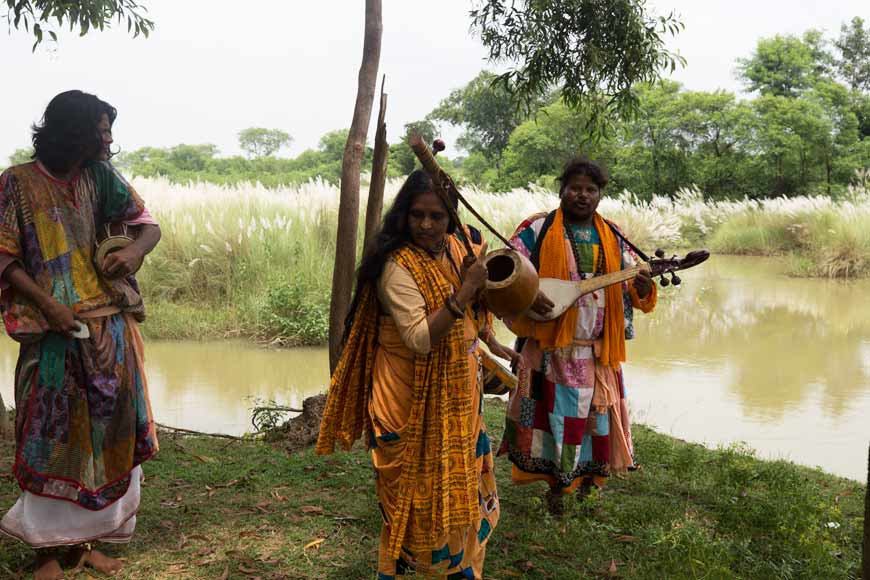
Travelling in a local or long-distance train through the vicinity of Santiniketan in West Bengal’s Birbhum district, it is almost impossible to miss them, or their powerful, full-throated, high-pitched singing, which effortlessly overpowers the noise of the running train. Meet the ‘Bauls’ of Santiniketan, a community of mendicant mystics, who express their spiritual beliefs primarily through their haunting music. Begging for alms (‘madhukori’) is part of their creed, which also teaches them to earn only as much as is required to keep body and soul together.
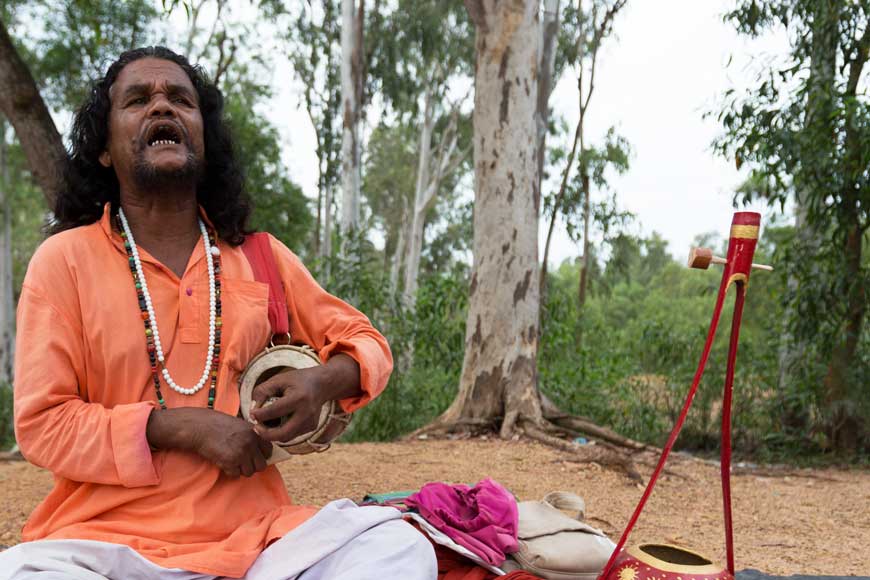
But who is a Baul, really? Several scholars believe the origin of the word lies in the Sanskrit ‘vatul’ (in the sense of a divine lunatic), but there has never been a consensus on the matter. Essentially the product of a belief system that primarily combines elements of Sufi and Vaishnav philosophy, the earliest Bauls can be traced back to the region that is today covered mostly by Bangladesh and West Bengal. Lalon Shah, or Lalon Fakir (1774 -1890), is considered almost a patron saint of Bauls, the legendary mystic poet-philosopher who features prominently in Baul music and lore.
The amalgamation of various belief systems has given Bauls a distinctive musical and socio-cultural identity, right from the instruments they play (such as the ‘ektara’) to the clothes they wear. This distinctiveness is one of the primary reasons why, despite their relatively small numbers, Bauls have had such a disproportionately strong impact on Bengali culture through the ages.
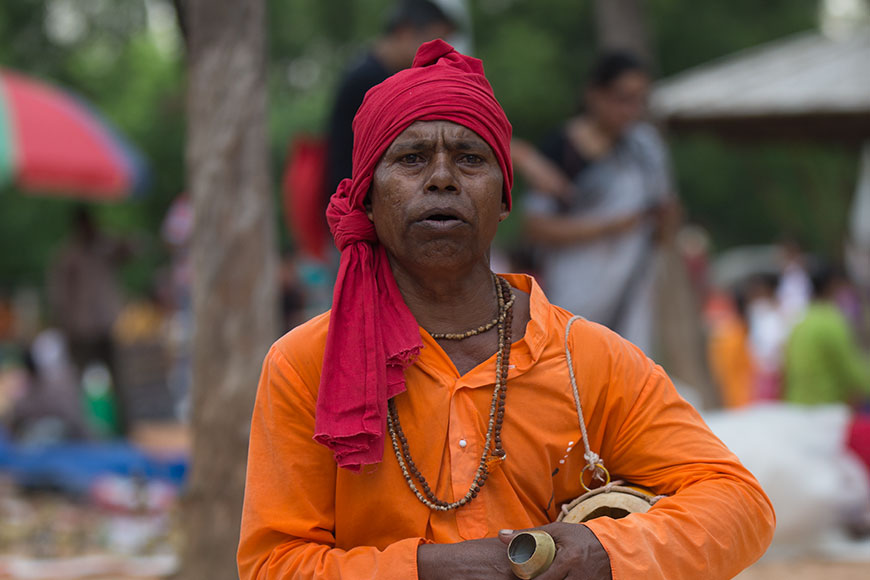
Santiniketan and its surroundings have long held a special place in Baul society. Rabindranath Tagore himself was very strongly influenced by Baul philosophy and music, as is abundantly clear in many of his works. So much so that, touring Europe in the 1930s, Tagore repeatedly brought up the Bauls in his speeches and discourses. This is ironic in a way, since Bauls themselves say their lack of historical records arises out of a desire to leave no traces behind. In fact, even their music was apparently not compiled or written down before the end of the 19th century.
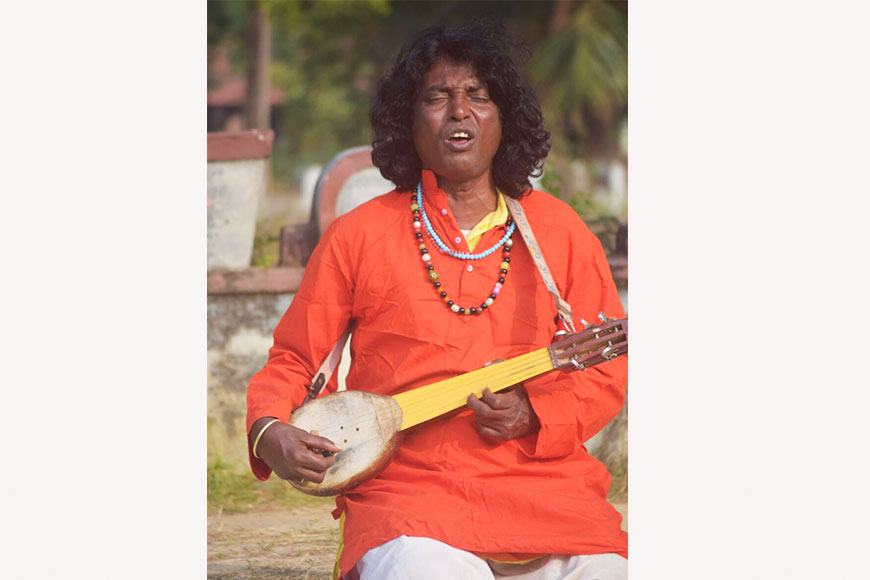
Over the years, the Baul tradition has reinvented itself as it negotiated the pushes and pulls of time, but these wandering minstrels still remain one of the major attractions at Santiniketan’s annual winter fair or Poush Mela, where they allow the general public the occasional rare glimpse into their reclusive world.
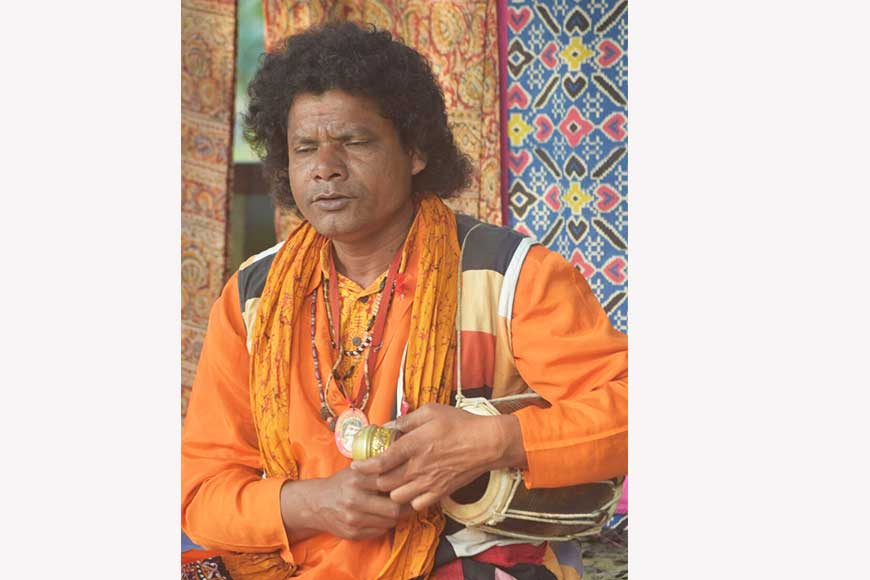
Some of the most popular Baul songs are the ones which decry traditional religious practices and the apparent inflexibility and divisive nature of organised religion. Their approach to the divine is always shaped by earthly love, which they experience and then transcend in order to be one with the divine. Their fundamental philosophy is that the divine resides in each one of us, therefore it is futile to seek God in any idol or symbol. Among other things, it was this uncomplicated approach to religion and love that inspired Tagore, himself a philosopher and rationalist.
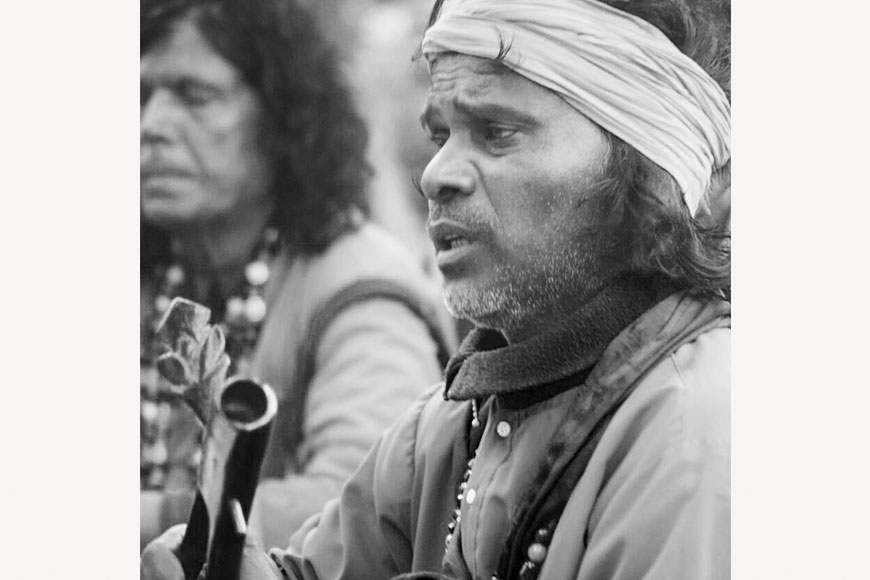
The next time you visit Santiniketan, make sure to drop in at the Baul Ashram nearby, where you can actually interact with Bauls and request them to sing a song or two. Enjoy your brush with divine lunacy.
How to get there
Santiniketan is roughly 160 km from Kolkata, and very easily accessible both by road and rail. It has numerous places to stay, including government accommodation. For details on the latter, contact:
West Bengal Tourism Development Corporation Ltd.
Udayachal Tourist Lodge
DG Block (1st floor), Sec II, Salt Lake,Kolkata700091
Phone: 033 2358 5189
Email: visitwestbengal@yahoo.co.in, mdwbtdc@gmail.com, dgmrwbtdc@gmail.com
Department of Tourism,
Government of West Bengal
New Secretariat Building
1, K. S. Roy Road, 3rd Floor,Kolkata 700001
Pr. Secy- 033-2214-4427
Direct - 033-2210-0098










